
art journey america
LANDSCAPES
89 PAINTERS PERSPECTIVES
 Edited by Kathryn Kipp
Edited by Kathryn Kipp

NORTH LIGHT BOOKS
CINCINNATI, OHIO
www.artistsnetwork.com
CONTENTS
THE ARTISTS
Bonus Materials
Enjoy more beautiful landscape paintings
by several of these artists at
ArtistsNetwork.com/Art-Journey-America

FOREWORD
THE AMERICAN LANDSCAPE
BY MAUREEN BLOOMFIELD, EDITOR,
THE ARTISTS MAGAZINE
A still life is an exercise in design, as the artist arranges the elements; a portrait registers an encounter, but it is planned. What underlies a landscape, less subject to control, is a discovery; coming upon a vista, the painter registers a momenta quirk of light, a condition of weather, wherein he or she experiences an epiphany. Rendering the shifting conditions as they correspond with the artists own changing perceptions is the task. Accordingly, landscape painters look both outside and within. From the Hudson River School and the Luminists to Henry Farney and Thomas Hart Benton; from Maurice Prendergast and Childe Hassam to John Twachtman and April Gornick, American landscape painters focus on a luminosity that intimates the spirit of a once new and ever-evolving land. In a trajectory that would have been familiar to Emerson, the mind that knows itself encounters nature and, in an intuitive leap, moves beyond the self to the cosmos. Such is transcendence. We see whats visible and perceive whats not. The artists whose work comprises Art Journey America: Landscapes assert the viability and vitality of this rich tradition.

SCOTT LLOYD ANDERSON
When hes not painting, Scott Lloyd Anderson is busy driving his two teenage daughters around and trying to get his golf swing in shape. He also enjoys camping and canoeing in Minnesotas North Woods. Anderson is nationally recognized in the field of plein air landscapes. In 2008, he received local attention for his series of paintings created on the site of the new I-35W bridge construction. In spring 2010 he won best of show in the prestigious Salon International exhibition in San Antonio, Texas. Anderson has also earned top prizes at plein air events in Telluride, Colorado, San Luis Obispo, California, and Grand Marais, Minnesota, and his work has been displayed at the Minnesota governors residence. Anderson says, For anyone looking to try plein air painting, I advise them to have the right equipment and dress appropriately. Be prepared. And be patient. It takes about a hundred starts of paintings to get a feel for what youre doing.
What inspired this painting?
I love the drama of Lake Superiors North Shore in the winter. While scouting for a view, my daughter was playing with a friend amidst the mounds of snow and icy boulders. Having settled on a great vantage point looking over the pure, untouched snow, I watched as she tromped right through the foreground. At first I felt she wrecked it, but quickly changed my mind. The steps make the picture.
Do you prefer particular seasons or times of day?
I like painting in the winter because when the sun is out, the colors are so amazing... the violet-blue shadows in the snow and pinky-orange in the light.
How do you plan your compositions?
I look for something to catch my eye and turn my headangles, disparities of scale, contrasts of shapes. I try to arrange pictures in a way that arouses curiosity. When someone walks into a room I want them to notice my picture and spend time with it, and in todays media-saturated world, thats a big challenge.
What mediums do you use and what are your main painting techniques?
My medium is simply oil with turpentine and linseed oil. I paint very thinly at first. When I understand whats going on and want the light to scream, then I pile it on.
Whats your best advice to students on painting landscapes?
Understand perspective; recognize that a light effect is about value, not color; start with small canvases; and be patient!
DOUGLAS AT WILL
Since he has lived for many years in the Southwest, particularly Santa Fe, acrylic artist Douglas Atwill finds that the colors of the West interest him more than the green landscapes of the East Coast. I particularly like the clear air, where a mountain forty miles away is almost as clear as a rock or tree in the foreground, with little sfumato, Atwill states. Ten miles in any direction from Santa Fe brings up a paintable motifrivers, high mountains, dry cliffs, fields full of sagebrush, gentle hills covered with pion pines and red escarpments. Artists are very lucky here.
What inspired this painting?
The Elektra Falls is a waterfall off the main highway between Creede and Lake City, Colorado. You drive along through a ponderosa forest and come down into a flat valley with no hint of a waterfall or even a river. The valley floor is covered with low green bushes and grasses. A sign points you to a state park. There, suddenly you see this grand waterfall. In reality, the falls have a different name. I took photos and later, when I started this painting in the studio, I was listening to a Metropolitan Opera broadcast of Richard Strausss Elektra.Somehow, the music seemed to suit the scene, the sharp rocks and coursing water.
Do you paint en plein air?
I do paint smaller canvases outdoors. Its a good exercise for me, particularly to see the exact colors and forms of the midground and foreground. Then, when I extrapolate what Ive done out in the open to a canvas in the studio, I try to remember the colors, and I have a small example to refer to.
What mediums do you use and what are your main painting techniques?
I use acrylics almost exclusively, in several different brands but always from a tube for the thick consistency of paint I like. I use brushes of many sizes, and generally try to cover the canvas with paint on the first sitting. Then I can refine and change lines or forms on the second covering. On the third sweep I will refine shapes even more, add shadow colors, insert lines of color and do all the things that make the painting work.
What is your favorite time of day to paint?
Although several friends would say I paint everything at high noon, I actually prefer earlier or later in the day. Shadows from slanting light can bring parts of the landscape into sharp delineation. Late afternoon can offer very dramatic long shadows.

ROBERT L. BARNUM
In the last dozen or so years, Robert Barnum has created and installed seven large public murals and six sculptures in unique and challenging sites throughout the country. His mural Of Thought and Reason is a 10-foot high by 130-foot long visual parable that questions how knowledge evolves. Struggle and Security is a 2000-square foot, ten-panel painting environment on the human capacity to overcome challenge. A longtime college professor and now teaching at Ferris State University in Michigan, Barnum is consumed with teaching and creating art. But he still makes time for pursuits such as diving and tinkering with a couple of old muscle cars, and considers his four children and first grandchild the most important things he has ever created. A signature member of the American Watercolor Society, the National Watercolor Society and the Watercolor USA Honor Society, he has received more than thirty awards in national and international juried competitions.
Next page
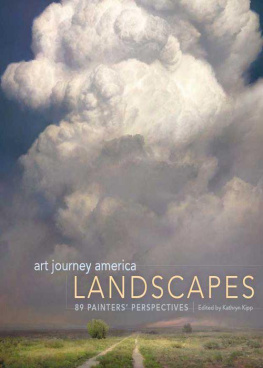


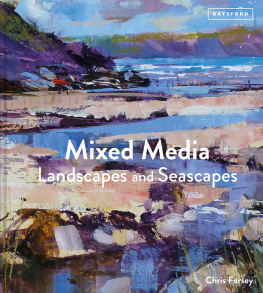
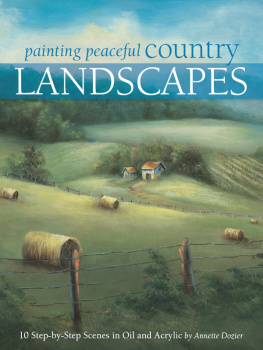
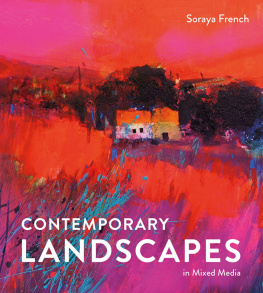

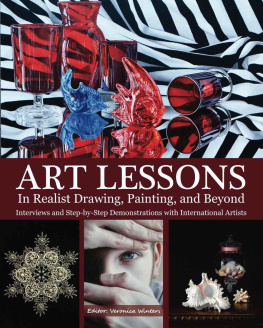
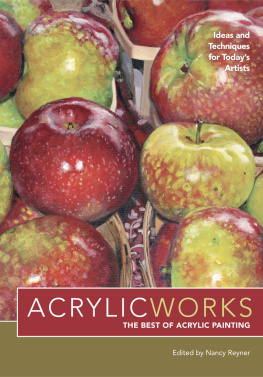

 Edited by Kathryn Kipp
Edited by Kathryn Kipp


